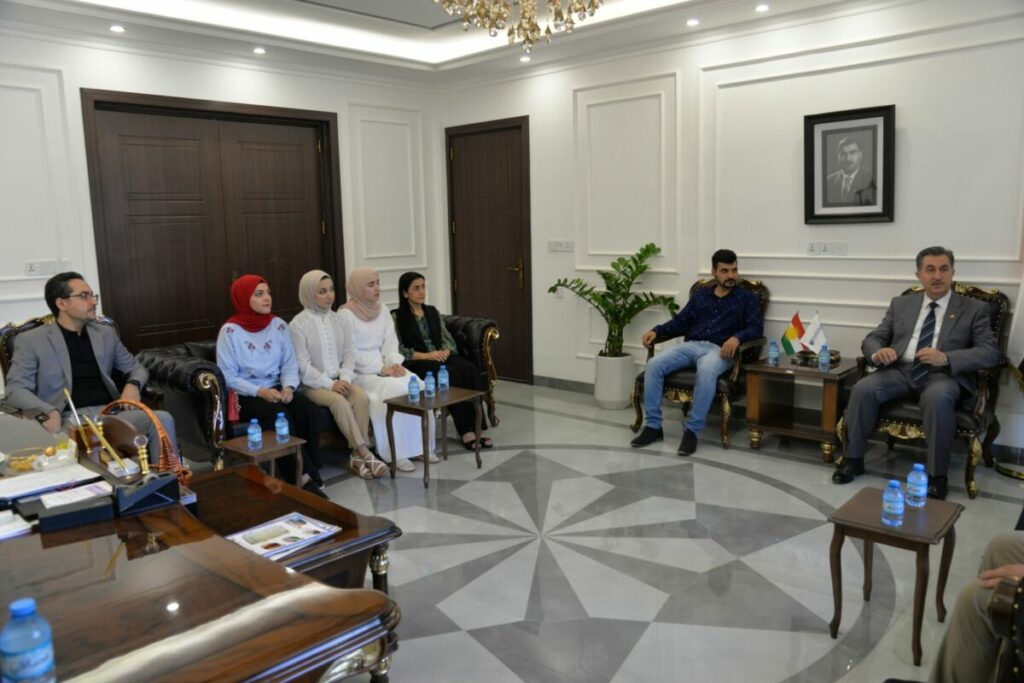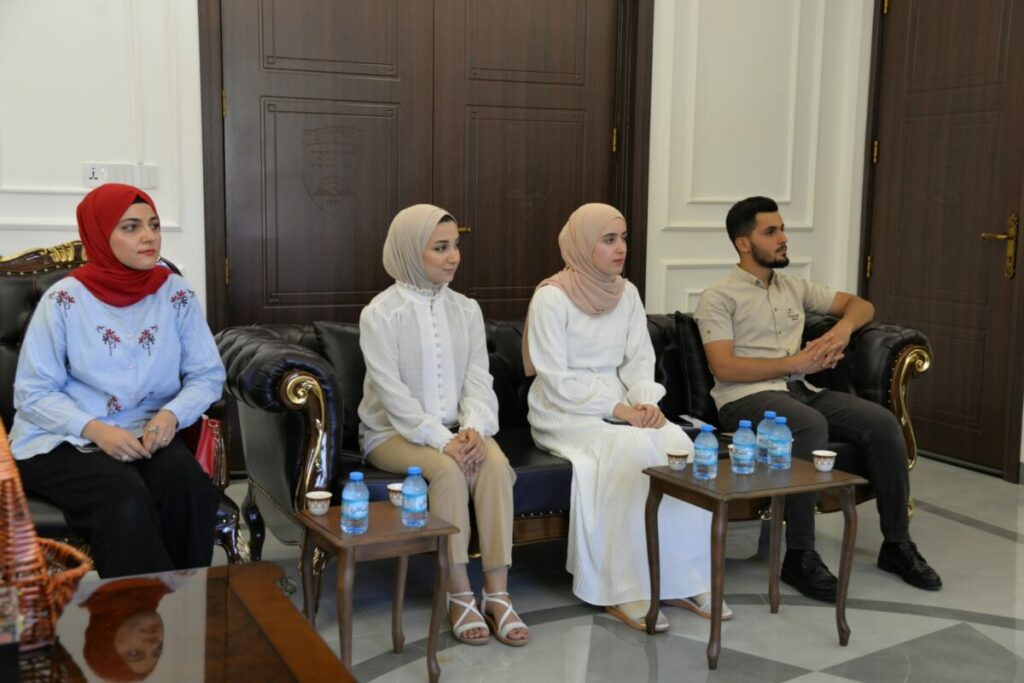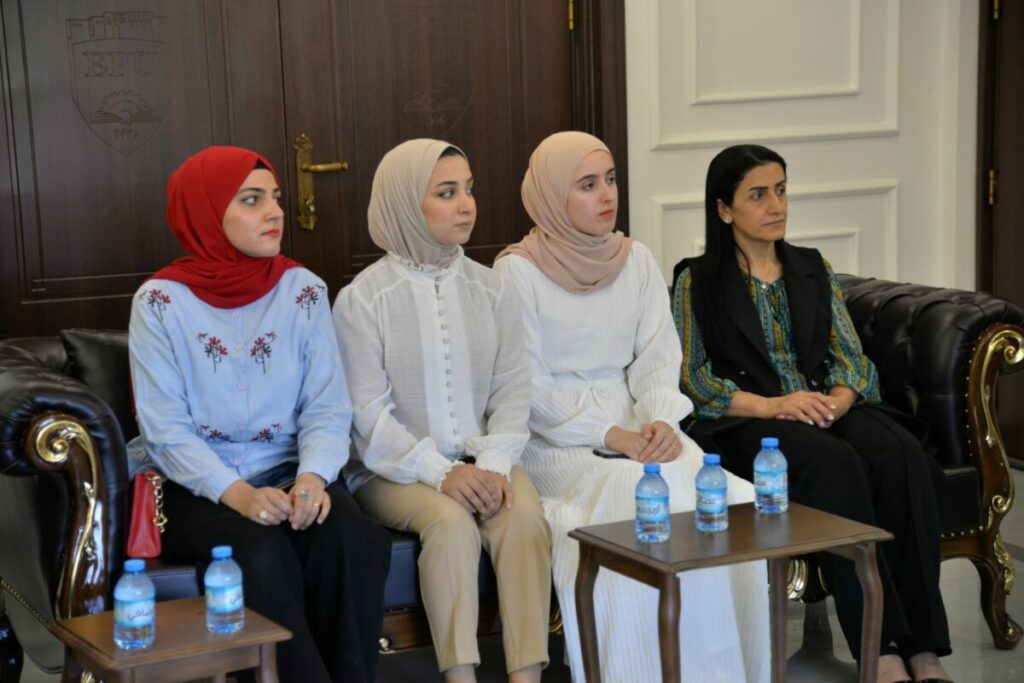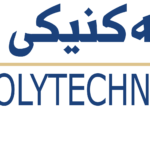On Thursday, the 20th of July, 2023, Prof. Dr. Edrees Muhamad Tahir Harki received five students of our university who are going to visit Egypt for summer internship.
In a meeting where the Vice Rector for Scientific Affairs and Higher Education, Vice Rector for Students Affairs, and the Director of the International Relations Office were present, after welcoming the students, they gave necessary instructions on how to behave in their trip to Egypt and wished them a trip full of knowledge and cultural exchange.
During the meeting, the Rector welcomed the students and said: “I am pleased that a number of our students are traveling to exchange science, information, culture and nationality. Now the door is open for scientific trips. As the university presidency, we want our students to travel and see countries and show the beautiful Kurdish culture to other countries What is your history and what is your ownership”
“The most important thing is to show them our beautiful face and tell them that multi-religion and multi-culture live together in Kurdistan without problems and we accept each other. You are young people. I hope you will benefit and be more open-minded, because this journey is not only scientific but also a cultural, national and national journey.”
The students are scheduled to travel on Friday, July 21, 2023 and stay in Egypt for a month. They are third year students of Erbil Technical Administrative College, the Erbil Health and Medicine College, and the Erbil Technical Engineering College who are chosen to perform their summer internship program in the Egypt University for Science and Technology (جامعة المصر للعلوم والتکنولوجا).
This trip is a part of the strategy of the Erbil Polytechnic University to become international. This student exchange program is a part of this strategy and will continue annually.








